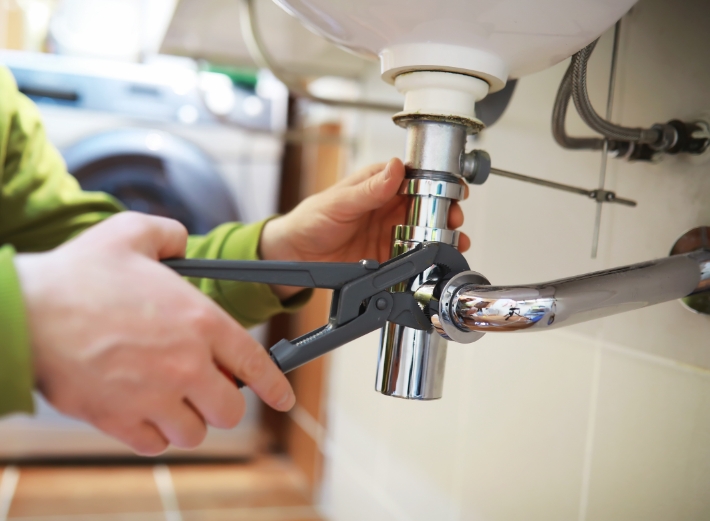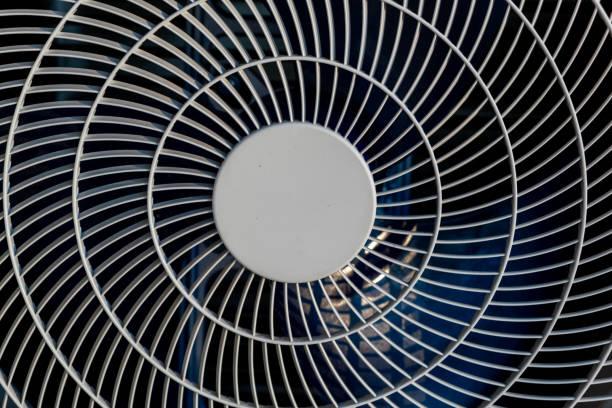Drain Flies vs Fruit Flies: 5 Key Differences to Know!
Dealing with tiny pests in your home can be confusing, especially when trying to determine whether you’re dealing with drain flies vs fruit flies. These pests look alike but require different methods for elimination. By understanding their differences, you can tackle the infestation effectively and prevent future occurrences.
What Are Drain Flies?
Drain flies, often called moth flies, are small, fuzzy insects. They live in damp environments, such as drains, pipes, and sewage systems. Drain flies breed in organic matter found in stagnant water, and they’re commonly found near sinks, showers, and basements. Nocturnal by nature, they are most active during the evening and night, often seen crawling near the drains.
Though harmless to humans, drain flies can worsen asthma or allergies if present in large numbers. Their weak flying abilities mean they tend to stay near their breeding grounds, making their location a major clue in identifying them.
What Are Fruit Flies?
Fruit flies are tiny, smooth-bodied flies with red or dark eyes. These pests are attracted to overripe fruits, vegetables, and other sugary organic matter. Fruit flies are active during the day and can rapidly multiply in your kitchen or pantry if food is left exposed.
Unlike drain flies, fruit flies are known for being more agile fliers. They hover around food sources, particularly in kitchens, near trash cans, or any area where fermenting liquids are present.
Read also: What is a Board and Batten Bathroom?
Key Differences Between Drain Flies vs Fruit Flies
To better understand the difference between drain flies vs fruit flies, here is a side-by-side comparison:
| Characteristic | Drain Flies | Fruit Flies |
| Appearance | Fuzzy, moth-like wings, dark/tan body | Smooth, tan bodies with red or dark eyes |
| Preferred Breeding Grounds | Damp drains, stagnant water, sewage pipes | Overripe fruit, fermenting liquids, garbage |
| Activity Patterns | Mostly nocturnal, active near drains | Diurnal, hovers around food during the day |
| Flight Ability | Poor fliers, crawl near surfaces | Strong fliers, quick movements near food |
| Primary Habitat | Bathrooms, basements, kitchen drains | Kitchens, garbage areas, near fruit |
How to Get Rid of Drain Flies vs Fruit Flies
Eliminating Drain Flies
- Clean the drains: Use a drain cleaner or pour boiling water into the drain to remove organic buildup.
- Use drain brushes: Scrub the walls of the drain with a brush to dislodge debris.
- Set traps: Use sugar-water or sticky traps near the drains to catch adult flies.
Eliminating Fruit Flies
- Dispose of overripe fruits: Remove and discard decaying fruits and vegetables.
- Clean your kitchen: Wipe countertops and clean spills, particularly sugary liquids.
- Set up vinegar traps: Create simple DIY traps using apple cider vinegar and dish soap to lure and catch fruit flies.
By following these steps, you can eliminate the source of the infestation and prevent both drain flies vs fruit flies from multiplying.
Preventing Future Infestations
1. Preventing Drain Flies
Regularly clean drains with a mix of boiling water and vinegar, and avoid standing water. Fix any plumbing leaks to prevent water buildup.
2. Preventing Fruit Flies
Keep food stored in sealed containers, take out the trash regularly, and ensure proper kitchen hygiene to avoid attracting fruit flies. Wipe down all surfaces and appliances where sugary spills occur.
FAQs
1. How can I tell the difference between drain flies and fruit flies?
Drain flies have a fuzzy, moth-like appearance, whereas fruit flies are smaller with smooth bodies and red eyes. Drain flies are typically found near sinks and drains, while fruit flies hover near food sources like overripe fruit.
2. Are drain flies and fruit flies harmful?
Neither drain flies nor fruit flies are harmful to humans. However, drain flies can aggravate asthma in some individuals, and fruit flies can spread bacteria if they land on food.
3. Can fruit flies lay eggs in drains like drain flies?
While fruit flies usually lay eggs on decaying fruits, they can occasionally lay eggs in drains if food residue is present. Drain flies, on the other hand, exclusively breed in the organic material inside drains.
4. How long does it take to get rid of drain flies vs fruit flies?
It may take anywhere from a few days to a week to get rid of both drain flies and fruit flies, depending on how thorough the cleaning and prevention measures are.
5. Are DIY traps effective for both drain flies and fruit flies?
Yes, DIY traps can work for both. For fruit flies, vinegar traps are effective, while sugar-water or sticky traps work best for drain flies.
Conclusion
Understanding the key differences between drain flies vs fruit flies is essential for identifying and managing infestations. Both flies breed in distinct environments and require targeted cleaning and preventive measures. Whether you’re dealing with flies in your drains or near your fruit bowl, regular maintenance and proper cleaning can keep these pests at bay, ensuring a healthier, fly-free home.
NY Monthly is a digital publication focused on exploring the pulse of New York City. Covering everything from travel, lifestyle, food, arts, business, and culture, NY Monthly brings the best stories to life. Our mission is to inform, inspire, and connect readers with the latest trends and hidden gems throughout the city and beyond.






